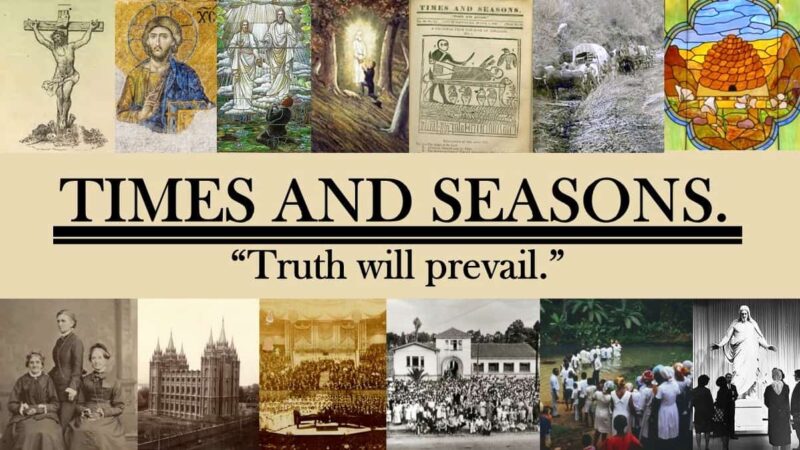Andrew Kimball’s The Blood in Their Veins offers a compelling and deeply textured exploration of the Kimball family, one of the most prominent lineages in Latter-day Saint history. Centering on the children and descendants of Heber C. Kimball—who himself had forty-three wives and sixty-five children—the book navigates a vast narrative landscape. In doing so, it illuminates not only the intimate lives of the Kimballs but also broader currents in nineteenth- and early-twentieth-century Mormonism, including polygamy, priesthood adoption, colonization, mental health, family politics, visions, missionary service, and church leadership.
Given the sheer scope of its subject, the book necessarily revisits certain events and themes, and its early chapters occasionally meander as they establish context. Yet these structural choices are less weaknesses than unavoidable concessions to the complexity of the task. Kimball’s storytelling ultimately succeeds in weaving together an expansive, intergenerational narrative that feels both coherent and immersive.
Among the many figures who come to life in these pages, a few stand out. J. Golden Kimball, legendary for his wit and frankness, emerges here with unexpected depth, revealing struggles with mental health, finances, and family life that complicate his familiar public persona. Helen Mar Kimball—often remembered solely as Joseph Smith’s young plural wife—receives particularly sensitive treatment. Her experiences on the trek west, her endurance within a polygamist household, and her grief as children married outside the faith or met tragic ends (including the suicide of a son) render her far more than a historical footnote. Kimball also reintroduces less familiar figures, such as Abe Kimball, who grew up separated from his father among the Cutlerites before surprisingly embracing polygamy in Utah; Sol Kimball, a blunt political agitator and family organizer; and Alice Ann Kimball Smith, whose disastrous first marriage ended in scandal before she remarried Joseph F. Smith, thereby bringing another larger-than-life figure into the family.
The narrative balances tragedy, poignancy, humor, and relatability. The Kimballs emerge as outspoken, flawed, and profoundly human—a family whose struggles and resilience mirror many of the tensions within Latter-day Saint history itself. Kimball’s achievement lies in refusing to sanitize their lives. Instead, he highlights the very messiness that shaped Mormonism in practice, even as it was being idealized in theology and culture.
The Blood in Their Veins is one of the most engaging Latter-day Saint histories I have read this year. Both scholarly and accessible, it not only enriches our understanding of the Kimballs as individuals but also uses their family’s saga as a lens for examining the broader contours of Mormon experience. It is a welcome contribution to the field and will reward anyone interested in the complexities of faith, family, and identity in the Mormon past.
For more book reviews and forthcoming books, see Mormon Studies Books in 2025
